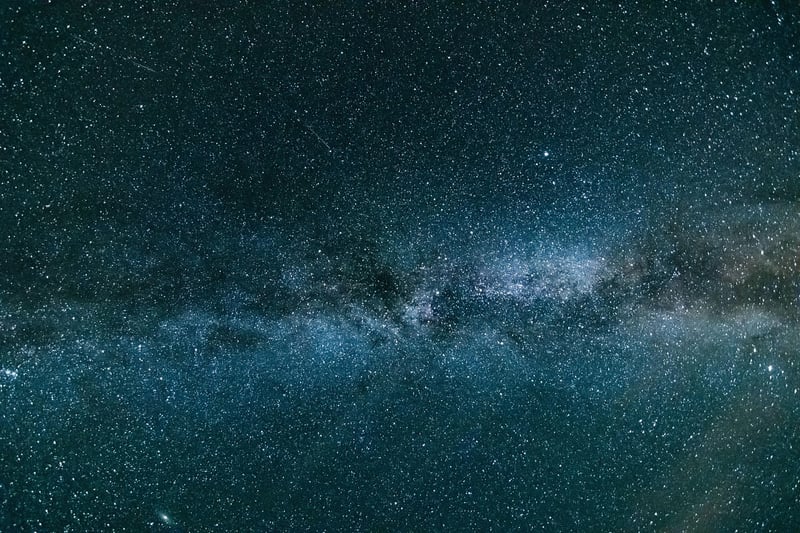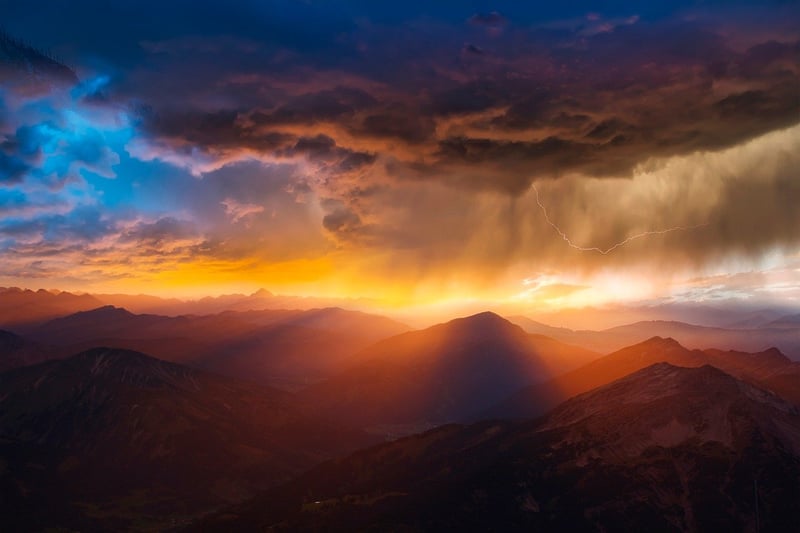Gamma-ray bursts
The Spectacular World of Gamma-Ray Bursts
Have you ever wanted to witness celestial phenomena that are as mysterious as they are awe-inspiring? Look no further than gamma-ray bursts, one of the most powerful and enigmatic events in the universe. These high-energy explosions can outshine an entire galaxy for a brief moment, captivating astronomers and space enthusiasts alike.
What are Gamma-Ray Bursts?
Gamma-ray bursts, or GRBs, are intense flashes of gamma rays that come from the most distant reaches of space. They are the brightest electromagnetic events known to occur in the universe, releasing as much energy in a few seconds as the sun will over its entire lifetime.
Types of Gamma-Ray Bursts
There are two main types of gamma-ray bursts: long-duration bursts and short-duration bursts. Long-duration bursts are associated with the collapse of massive stars, while short-duration bursts are thought to be caused by the merger of compact objects like neutron stars or black holes.
Discovery and Observation
Gamma-ray bursts were first detected in the late 1960s by satellites designed to monitor nuclear test ban treaties. Since then, dedicated space telescopes like NASA's Fermi Gamma-ray Space Telescope and the European Space Agency's INTEGRAL have been crucial in observing and studying these fascinating events.
Impact and Importance
Studying gamma-ray bursts provides valuable insights into the processes that govern the birth and death of stars, the formation of black holes, and the early universe's conditions. These events serve as cosmic beacons, allowing astronomers to probe the farthest corners of space and time.
Future Discoveries
With ongoing advancements in space technology and observational techniques, we can expect to uncover more about the origins and implications of gamma-ray bursts. These cosmic fireworks continue to intrigue scientists and inspire wonder in all who gaze up at the night sky.

Prepare to be amazed by the incredible phenomena of gamma-ray bursts, where the universe puts on a show like no other. Keep looking up, and you might just catch a glimpse of these spectacular events that remind us of the vastness and beauty of our cosmos.
For more information on gamma-ray bursts, visit NASA's website.
